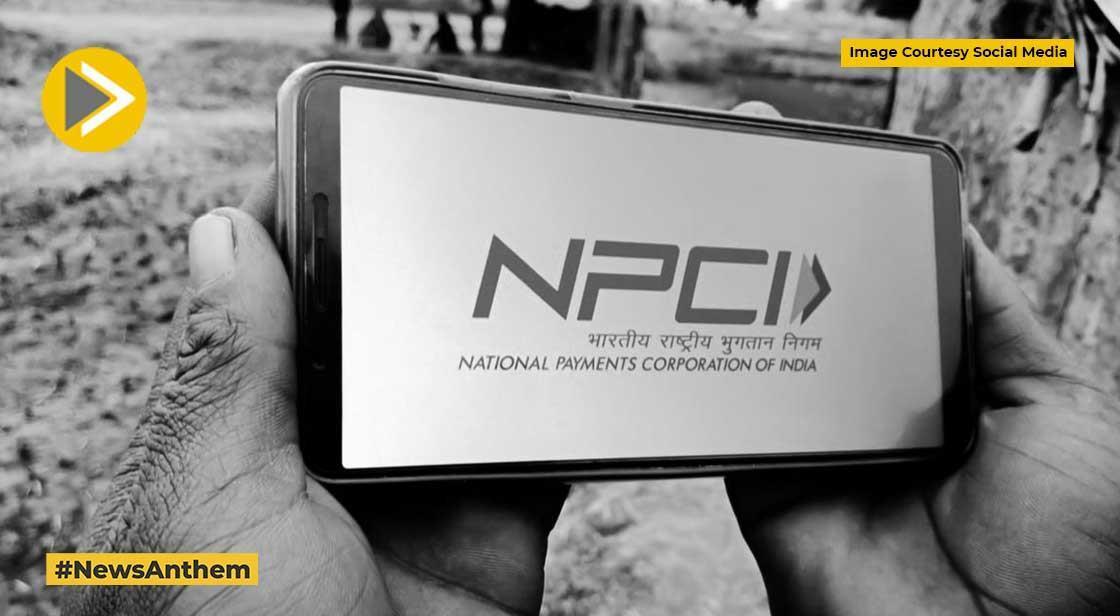NPCI runs half the world’s digital payments with just ₹500 crore spend

Podcast
News Synopsis
India’s National Payments Corporation of India (NPCI) has redefined how the world views digital transactions. The organization, which oversees UPI, IMPS, NACH, and other payment systems, now processes 20 billion transactions every month — equivalent to 645 million transactions daily. What makes this achievement extraordinary is the fact that NPCI manages this enormous scale with an annual technology and infrastructure spend of just ₹500 crore.
This cost efficiency not only makes India’s payments ecosystem the most robust in the world but also ensures that digital payments remain free for consumers, driving financial inclusion across the country.
NPCI’s Scale of Operations
Monthly & Daily Transaction Volumes
-
UPI transactions: Over 18 billion monthly, worth ₹24 lakh crore in June 2025 alone.
-
August 2025: NPCI processed 20.01 billion UPI transactions worth ₹24.85 lakh crore.
-
Daily transactions: More than 640 million per day, surpassing Visa’s 639 million daily transactions.
NPCI Global Market Share
National Payments Corporation of India (NPCI) now powers nearly 46% of the world’s digital transactions, with UPI leading as the largest real-time payments system globally.
Financial Performance and Cost Efficiency
Low Operational Cost
According to Mohit Mehra, VP at Zerodha:
"NPCI made ~Rs1,500 crores in profits on Rs 4,000 crores of revenue in 2024–25, with EBITDA margins above 50%. And they did this while spending just Rs 210 crores on tech and another Rs 290 crores in depreciation. In other words, just Rs 500 crores to run UPI, IMPS, NACH, which is basically the entire country’s payments infra."
This means NPCI runs India’s entire digital payments backbone at just ₹0.23 per transaction, making it one of the most efficient systems worldwide.
Declining Transaction Costs
-
Banks currently incur only 3–4 basis points per UPI transaction, including switching fees.
-
This is a sharp drop from 3–5 basis points in 2020, now down to less than 1 basis point for technology providers.
Technology Backbone of NPCI
Tier IV Data Centres
NPCI’s Tier IV facilities in Chennai and Hyderabad form the backbone of India’s payments ecosystem.
-
Capacity: Handle 50–70 billion transactions per month.
-
Hyderabad centre: Built with a ₹500 crore investment, offers 99.995% uptime with full redundant N+N infrastructure.
-
Security: Eight layers of safety systems.
-
Green features: Solar panels, rainwater harvesting, and energy-efficient designs.
In FY2024, NPCI saved 27,165 kWh through energy efficiency measures, reinforcing its commitment to sustainability.
UPI’s Global Edge
Transactions Per Second
-
UPI handles 3,729 transactions per second (TPS), the highest in the world.
-
Maintains 99.99% uptime, ensuring reliability for 491 million users and 65 million merchants.
Comparison with Global Players
-
NPCI’s interoperable system outperforms Visa, Alipay, and Brazil’s PIX, which rely on more fragmented or costlier infrastructures.
-
Unlike closed-loop models, NPCI allows multiple services to run on the same architecture, making it scalable, efficient, and cost-effective.
Recent Technological Improvements
Faster API Response
NPCI continues to optimise performance. The latest upgrades have cut UPI API response times from 15–30 seconds to 10–15 seconds, a 66% improvement, making transactions even faster.
Digital Payment Adoption
This efficiency has driven India to achieve 85% digital payment adoption, one of the highest in the world, while keeping UPI transactions free for consumers.
Conclusion
NPCI’s success story demonstrates how India has built the world’s most efficient payments infrastructure at a fraction of the cost of global counterparts. With 20 billion monthly transactions, ₹0.23 per transaction cost, and nearly half of the world’s digital transactions powered by NPCI, India has positioned itself as the global leader in real-time payments.
The combination of cost efficiency, scale, uptime, and sustainability makes NPCI not just a national asset but a global benchmark in payments innovation. As UPI continues to expand internationally, NPCI’s model could serve as the blueprint for the future of digital payments worldwide.





